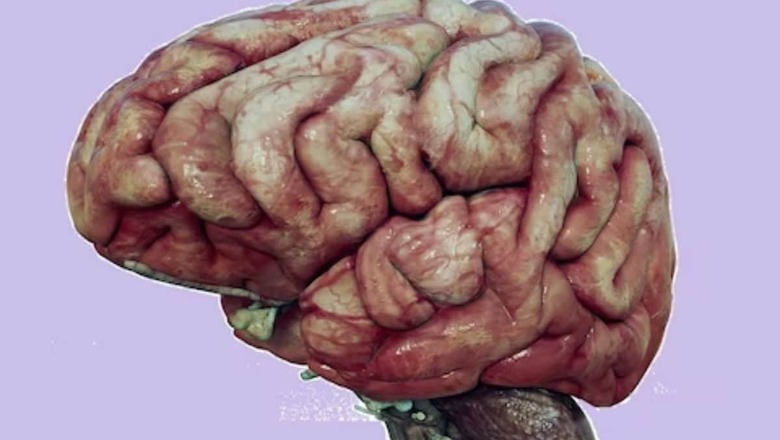
views
Scientists, in a groundbreaking achievement, have successfully produced the world’s first 3D-printed brain tissue, marking a significant leap forward in the quest for advanced treatments for neurological and neurodevelopmental disorders. This development is poised to have a profound positive impact on scientific research endeavours targeting a broad spectrum of neurological conditions, including Parkinson’s and Alzheimer’s disease.
Su-Chun Zhang, a professor of neuroscience and neurology at the Waisman Centre at UW–Madison, emphasised the potential of this innovation, stating, “This could be a hugely powerful model to help us understand how brain cells and parts of the brain communicate in humans.”
Diverging from conventional 3D printing methods, scientists adopted a fresh approach to this discovery. Instead of layering components atop each other during printing, brain cells derived from pluripotent stem cells were meticulously placed in a thin layer of bio-ink gel. Subsequently, the cells fused to form tissue and due to its delicate nature, the nerves within the tissue began to extend and establish communication. The thinness of the tissue facilitated the easy influx of nutrients and oxygen into the cells. Communication among the nerves occurs through neurotransmitters, forming a network. Notably, the researchers successfully printed the cerebral cortex and striatum, showcasing the versatility of this approach by printing cells from distinct brain regions that exhibited unique communication patterns.
Experts highlight that this printing technology presents distinctive capabilities that enhance the understanding of the intricate workings of the brain. By exerting control over the cells during printing, researchers can maintain their separation, offering unprecedented flexibility in experiments. While scientists have not yet claimed to have constructed an entire brain, this achievement opens up new avenues for therapies and discoveries.
The implications of this breakthrough extend beyond the immediate successes, offering a promising trajectory for future research. The ability to replicate and study specific brain regions with this innovative technique may pave the way for novel therapeutic interventions, ultimately transforming the landscape of neurological research and treatment modalities.




















Comments
0 comment